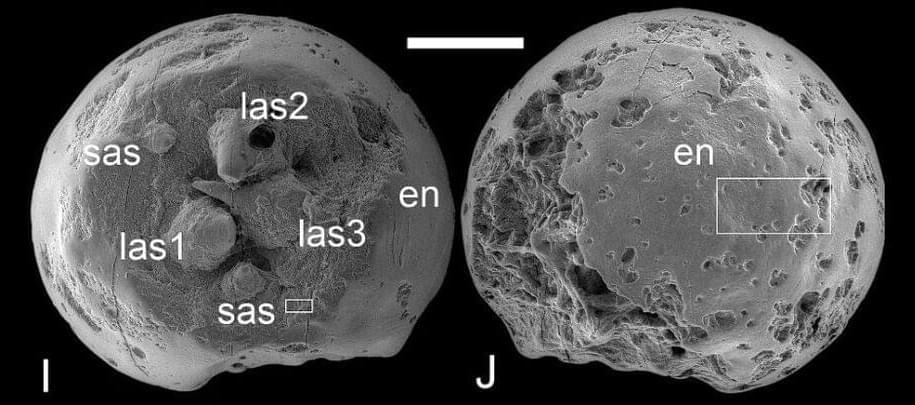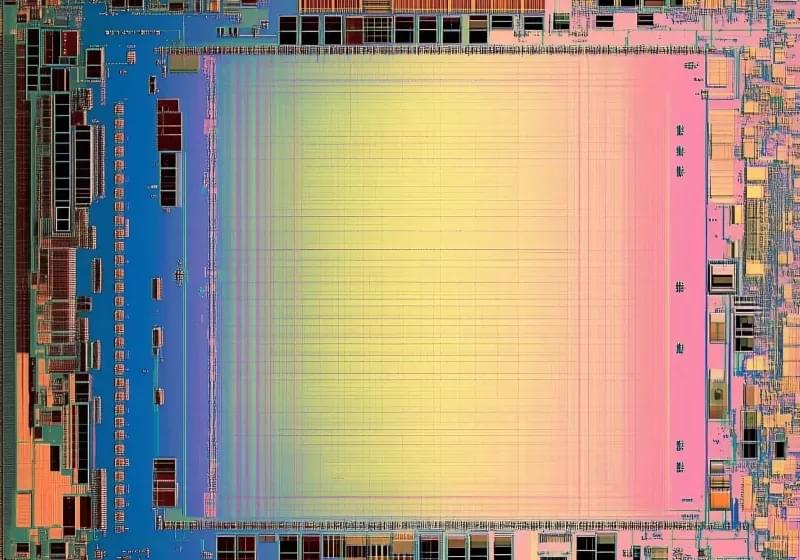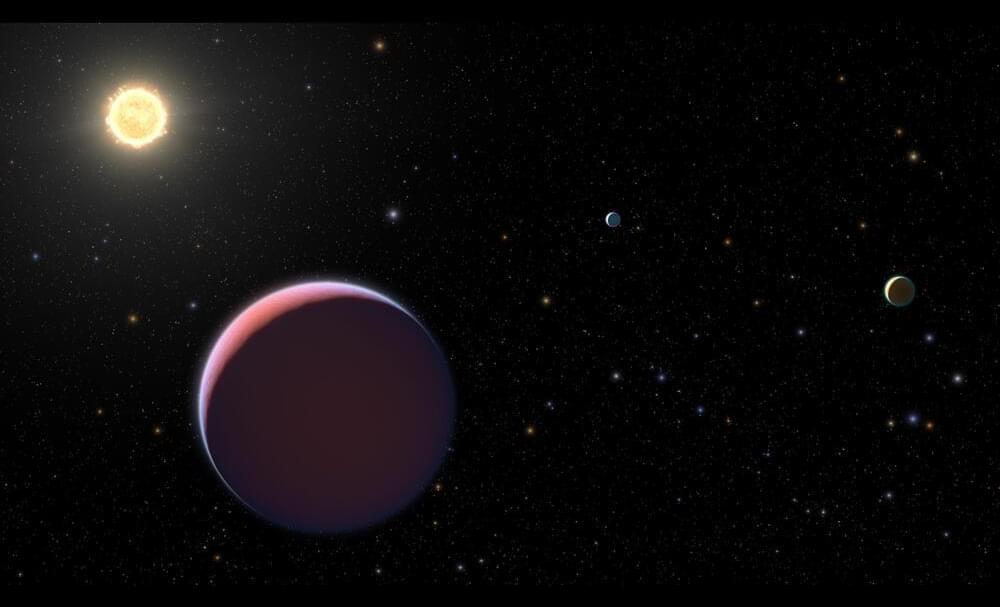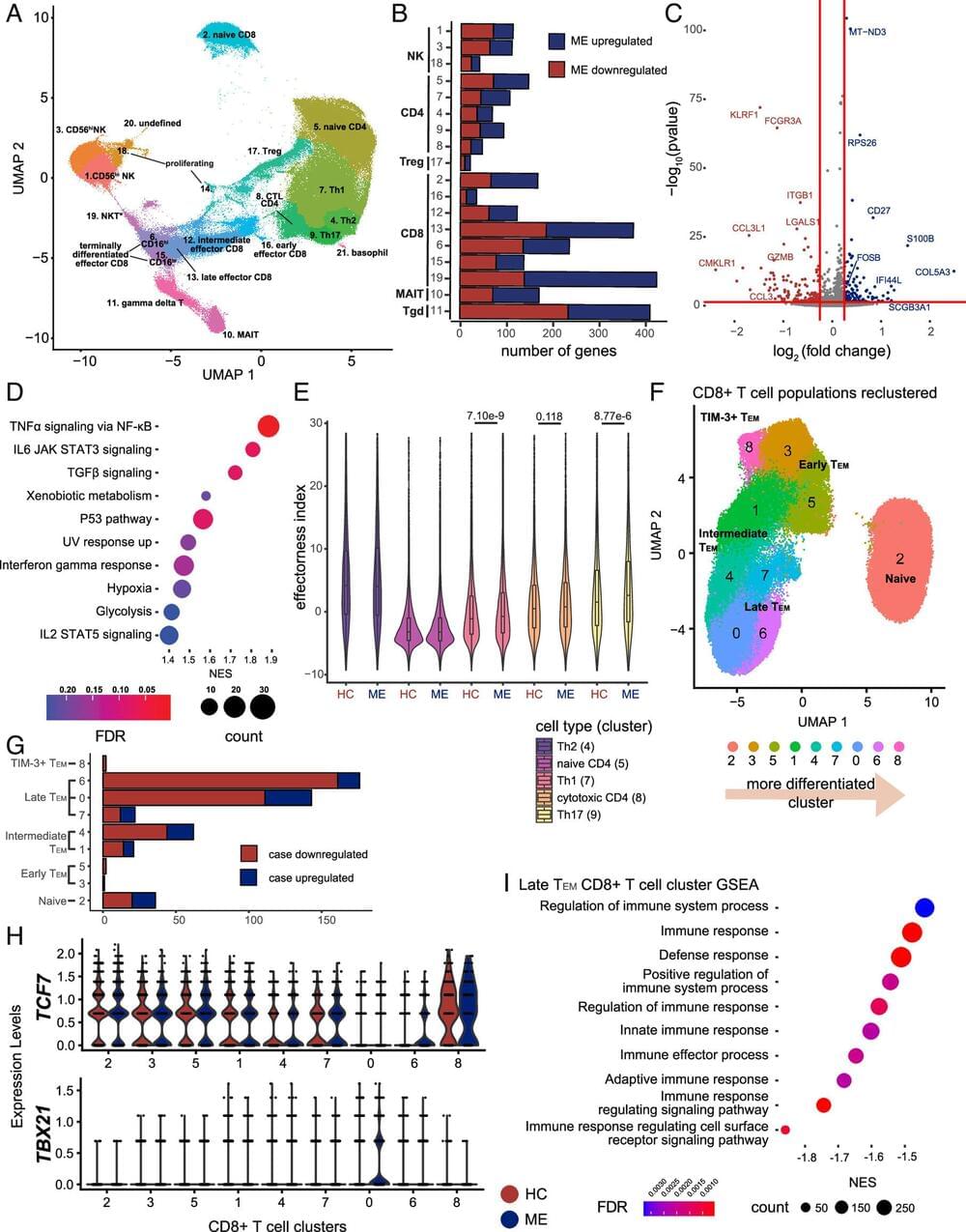Biannual publication spotlights ‘visual experiments and conceptually refined pieces’



Tiny balls of mineral are opening a new window into the history of life on Earth.
These millimeter-sized objects are more than half a billion years old – the fossilized embryos of animals that lived during the early Cambrian period, some 535 million years ago.
They belong to a group called Ecdysozoa, which includes insects, spiders, crustaceans, and worms.
Metaverse.
https://www.youtube.com/watch?v=80IIEnSNwQc.
https://www.youtube.com/watch?v=KLOcj5qvOio.
AR Healthcare.
Space Tourism and Colonization.
https://www.youtube.com/watch?v=aMZaqn-5Yrs.
Bioprinting.
https://www.youtube.com/watch?v=P7THO95V6Lo.
Mirroring Reality Digital Realm.
https://www.youtube.com/watch?v=qWz9fA7RUyc.
New methods could uncover hidden megastructures in distant stellar systems.

Ubitium doesn’t just envision a single Universal Processor; they’re aiming to build an entire lineup, ranging from tiny embedded devices to high-performance computing systems that could potentially compete with the largest chips from Nvidia, AMD, and Intel.
The potential upsides are tantalizing. For one, Ubitium claims its Universal Processor can deliver 10 to 100 times better performance per cost compared to today’s dedicated chips.

A Japanese university and construction company have partnered on research to develop a lunar habitat capable of generating artificial gravity, enabling people to live on the Moon under conditions similar to those on Earth.
Kyoto University and Kajima Corp. aim to construct a ground-based prototype of the “Neo Lunar Glass,” a paraboloid structure that generates gravity through rotation, by the 2030s.
The technology is expected to address concerns about the adverse effects of prolonged exposure to microgravity on the human body, including bone and muscle loss.
Introduction to O1 Models: The O1 series represents a shift from quick, intuitive thinking to slower, more deliberate reasoning. These models are designed to handle complex problems by thoroughly analyzing multiple data sets and reasoning through various dimensions of a problem.
#Microsoft #MicrosoftAzure

The unusual system of three ‘super puff’ planets has at least one more planet, revealed by its gravitational tug on other planets. An unusual planetary system with three known ultra-low density “super-puff” planets has at least one more planet, according to new research led by researchers from Penn State and Osaka University. The research team set out to study Kepler-51d, the third planet in the system, with NASA’s James Webb Space Telescope (JWST) but almost missed their chance when the planet unexpectedly passed in front of its star two hours earlier than models predicted. After scrutinizing new and archival data from a variety of space and Earth-based telescopes, the researchers found that the best explanation is the presence of a fourth planet, whose gravitational pull impacts the orbits of the other planets in the system.
The new planet’s discovery is detailed in a paper appearing Dec. 3 in the Astronomical Journal.
“Super puff planets are very unusual in that they have very low mass and low density,” said Jessica Libby-Roberts, Center for Exoplanets and Habitable Worlds Postdoctoral Fellow at Penn State and co-first author of the paper. “The three previously known planets that orbit the star, Kepler-51, are about the size of Saturn but only a few times the mass of Earth, resulting in a density like cotton candy. We think they have tiny cores and huge atmospheres of hydrogen of helium, but how these strange planets formed and how their atmospheres haven’t been blown away by the intense radiation of their young star has remained a mystery. We planned to use JWST to study one of these planets to help answer these questions, but now we have to explain a fourth low-mass planet in the system!”

Chronic fatigue syndrome creates conditions where pathogen-killing immune T cells become exhausted, according to a new Cornell University study.
The study’s authors knew the immune system was dysregulated in patients with myalgic encephalomyelitis/chronic fatigue syndrome (ME/CFS) but wondered which parts shift with the condition.
A systematic exploration revealed that key CD8+ T cells displayed one of the most pronounced signatures of dysregulation, with signs of constant stimulation that lead to an exhausted state, a condition that is well-studied in cancer.

Northwestern University engineers have achieved quantum teleportation over fiber optic cables already carrying Internet traffic, an advance that could simplify the infrastructure needed for quantum computing and advanced sensing technologies, the university is reporting.
The study, published in Optica, demonstrates that quantum communication can coexist with classical Internet signals in the same cable.
“This is incredibly exciting because nobody thought it was possible,” said Prem Kumar, an electrical engineering professor at Northwestern and the study’s lead researcher. “Our work shows a path towards next-generation quantum and classical networks sharing a unified fiber optic infrastructure. Basically, it opens the door to pushing quantum communications to the next level.”